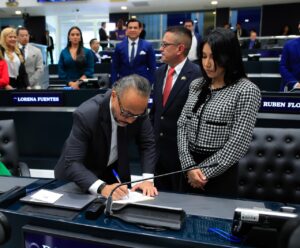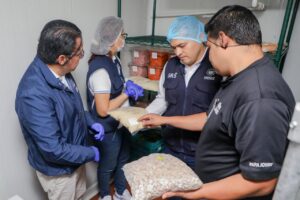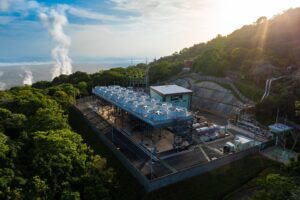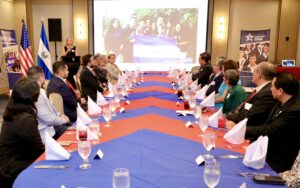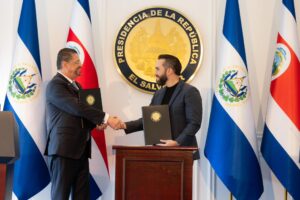El Salvador has positioned itself as the country with the most tourists in the region, an unprecedented achievement that was reinforced today with the official inauguration of the Surf City 2 project, a modern 13-kilometer highway in the eastern region, which seeks to transform the face of tourism and national connectivity.

President Nayib Bukele inaugurated this impressive project, which includes a bicycle path, lighting, viewpoints, and natural spaces, with an outstanding investment of US$41 million. This marks a milestone in the country’s ambitious tourism infrastructure strategy.

“This is not just a road, it is a direct route to the economic and tourism development of the eastern zone”, said Bukele during the inaugural ceremony. Surf City 2 connects with Punta Mango, a natural jewel that had been forgotten for decades.

The project directly stimulates the beaches of eastern El Salvador, but its impact extends to the entire region. Thanks to this road, access to areas that were previously inaccessible will be facilitated, becoming an engine of jobs and opportunities for thousands of salvadorans.
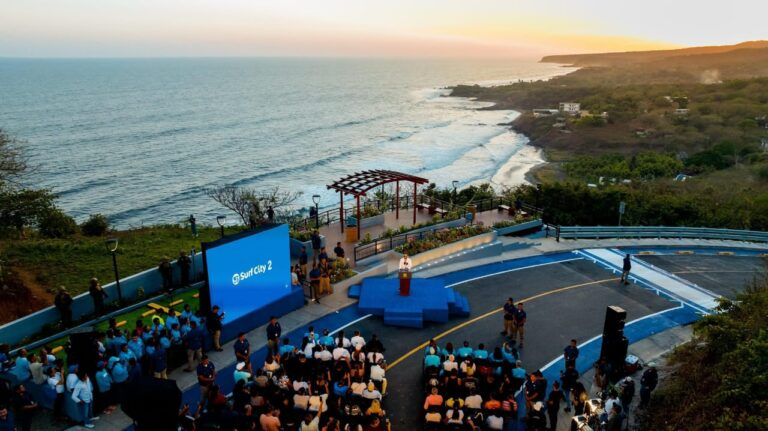
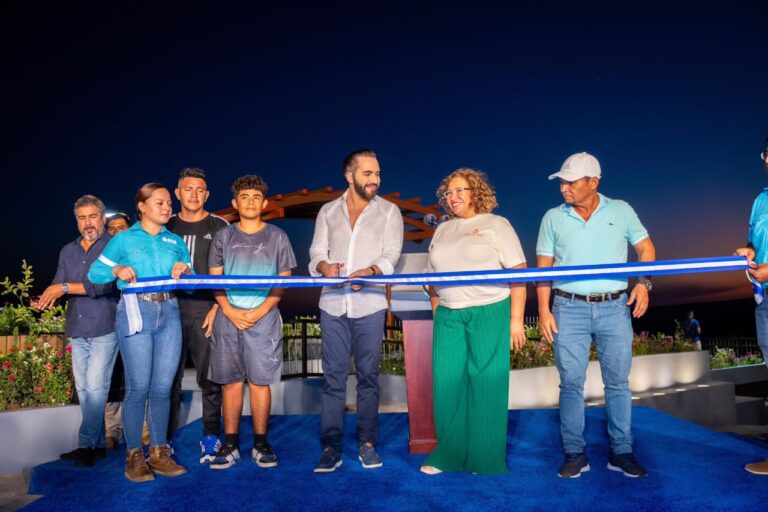
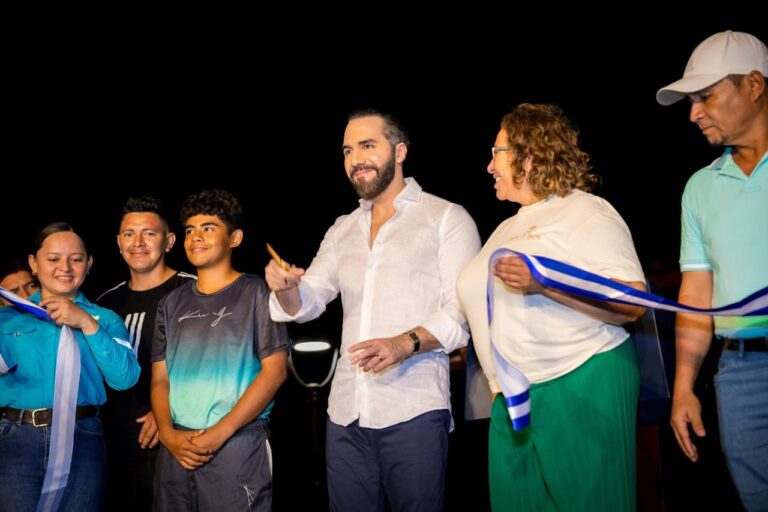
Surf City 2 is not an isolated project. It is part of a network of works promoted by the government in the eastern region: the Gerardo Barrios Peripheral Highway, the Pacific Airport in La Unión, the reactivation of the Port of La Unión, and the new bridges of San Antonio del Mosco and Carolina, each with an investment of more than US$12 million.
This highway alone includes the construction of 7 strategic bridges, which demonstrates the magnitude of the work. These infrastructures were unthinkable in previous governments, but today they are a tangible and visible reality.
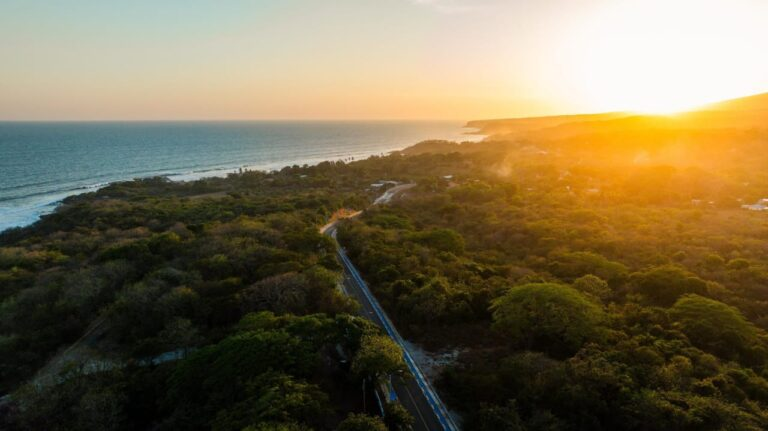
The total investment in the eastern part of the country exceeds US$1,424 million, a historic figure. El Salvador, once invisible to global tourism, is now a star destination in the region.
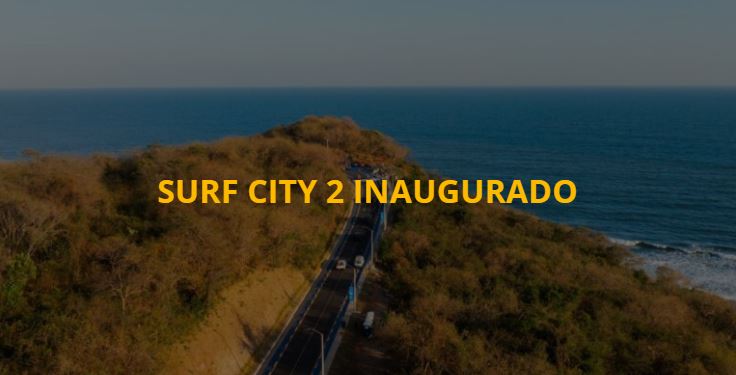
With Surf City 2, the country not only leads tourism, but also consolidates its territorial transformation, positioning itself as an emerging tourism power in Central America. And the best part: this is just the beginning.
You may also be interested in



